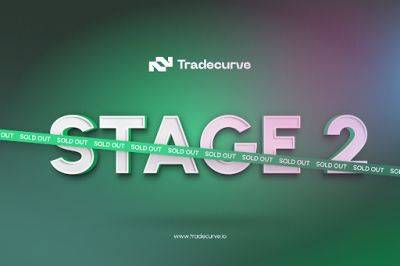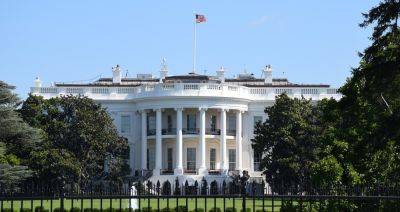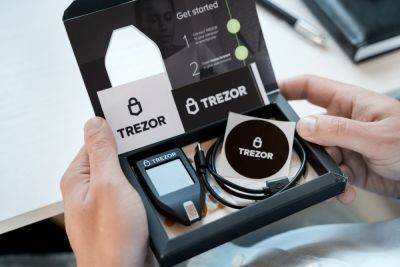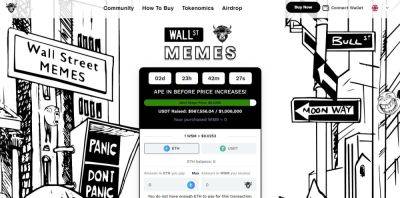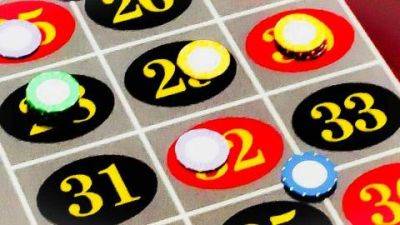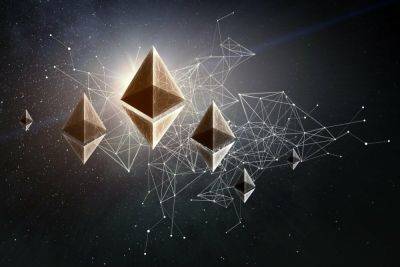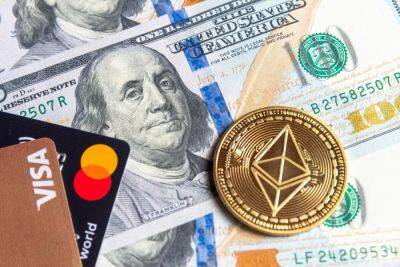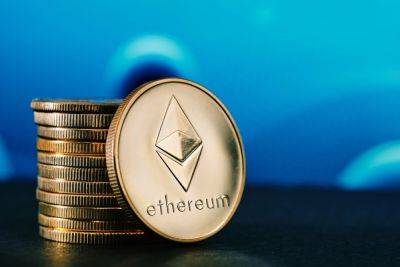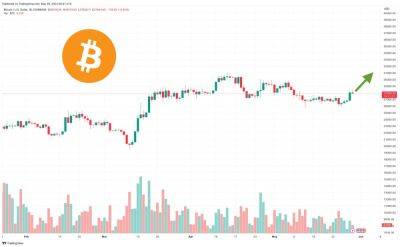The NFT market needs AI power to combat forgery and inflation
The rise of nonfungible tokens (NFTs) spearheaded a new era of digital ownership and investment. With a record number of new NFT collections launched in 2022, the NFT market capped $50 billion in sales volume for the first time. As a fast-growing market operating entirely in the digital world, however, it didn’t take long for the NFT industry to become a haven for fraudsters.
A recent report unveiled that in 2022, more than half of the NFT activity on the Ethereum blockchain, the most popular network for NFT trades, was fraudulent. From wash trading to copycat collections, the NFT market entered 2023 with a set of critical issues that could only be solved by advanced market intelligence and analytics. Assessing a fair price for an NFT is already tricky, as tremendous gaps between the floor price and the price ceiling are not uncommon for collections. On top of that, malicious market activity only adds more confusion to users’ NFT investment or trade decisions.
Top-10 NFT collections of 2022 by sale volume, excluding wash trade volume. Source: bitsCrunch
While NFTs from popular collections such as the Bored Ape Yacht Club (BAYC) hold immense value in the market, it’s relatively easy to copy the visual appearance of apes depicted in the collection as image files and then create fake NFTs based on copycat material. The $1.53 billion sales volume of the BAYC collection in 2022 presents a lucrative market for fake NFTs as well.
Fake NFTs created by copying the image of original art can be difficult to detect in the digital environment, resulting in significant financial losses for buyers. The impact of fake tokens in the NFT market includes economic, legal and reputational consequences. Investors who lose confidence in the
Read more on cointelegraph.com


